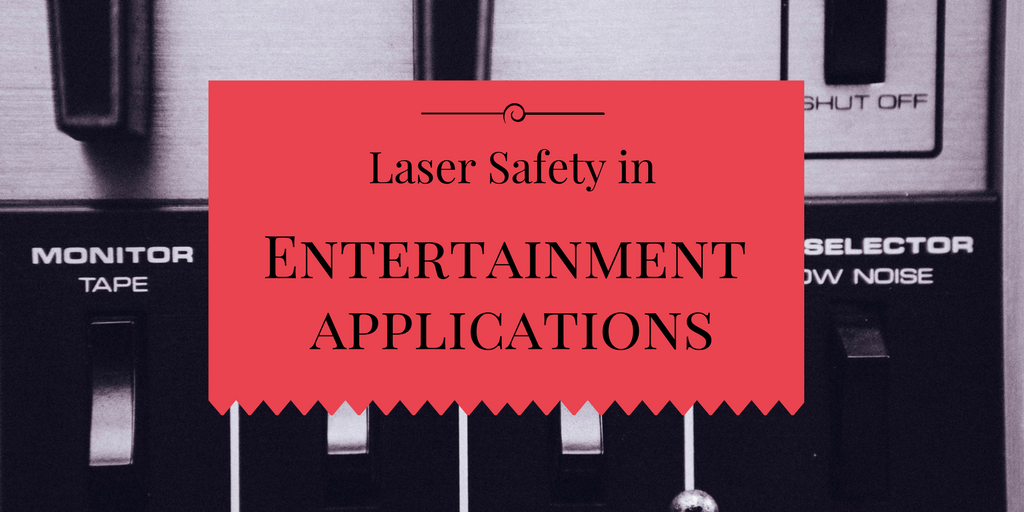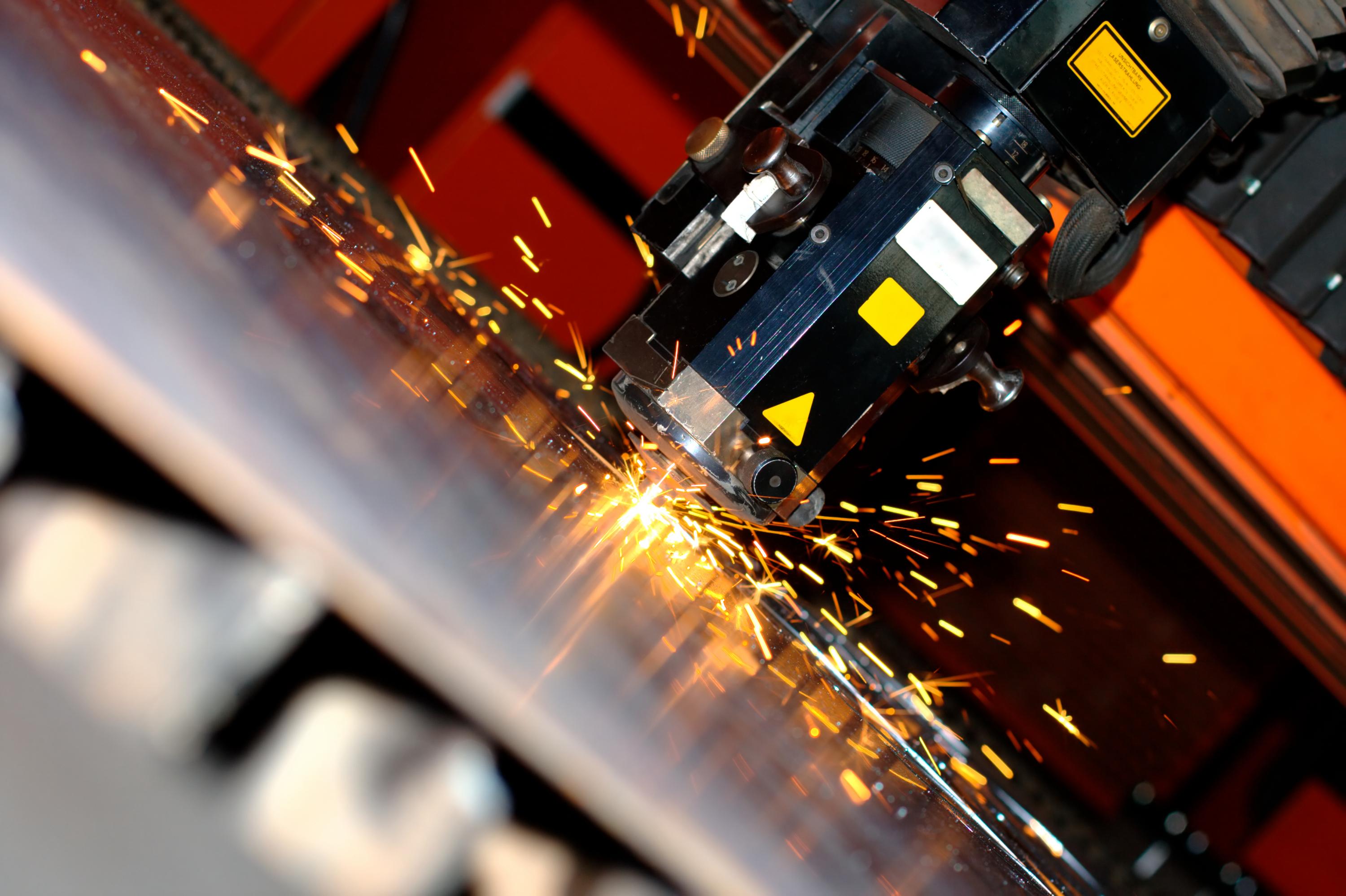By Karl Schulmeister The classification of lasers by the product’s manufacturer – from Class 1 to Class 4 – is a valuable means to provide the end user with simplified information about the potential hazards to the eye and skin. The concept of product classification can be considered a success story. Developed in the USA […]
Laser Insights
Laser Safety in Entertainment Applications
By James Stewart, CLSO High power lasers are routinely used in entertainment environments as a special lighting effect. Historically such lasers could only be used in situations where the budget, infrastructure, (namely power supply and cooling), and space permitted. In recent years, however, these barriers have disappeared with the proliferation of low-cost solid-state laser light […]
Laser Safety Focus: The Value of Becoming a Certified Medical Laser Safety Officer
As part of our continued celebration of National Safety Month, we are raising awareness on the value of becoming a Certified Medical Laser Safety Officer (CMLSO) with this next blog in the June Laser Safety series. Click here to read about becoming a Certified Laser Safety Officer (CLSO). Oftentimes the position of medical laser safety […]
Lasers in Manufacturing AM: Trends in North America—What You Need to Know About the New Conference Session
The Laser Institute of America (LIA) will present a new 1.5-hour session called Lasers in Manufacturing AM: Trends in North America on Wednesday, June 28, 2017, from 2:00-3:30 PM local time at the International Congress Center in Munich, Germany. As part of the Additive Manufacturing subconference of Lasers in Manufacturing (LiM) 2017, LIA will add to […]
How Does Industrial Laser Safety Impact 2017 Manufacturing?
As manufacturing practices continue to change, how will companies ensure the safety of their employees? Manufacturing is undergoing a revolutionary phase. That is no secret, nor surprise. The shift from traditional manufacturing practices into additive processes is creating new challenges and opportunities across a multitude of industries. It is becoming increasingly common for companies to blur […]







